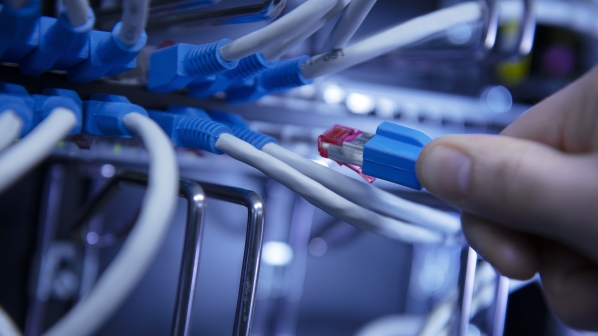In future, rail traffic on Germany’s 33,400km network will be controlled by 280 digital signal boxes (DSTW), which transmit position commands digitally via high-performance fibre-optic cables to the tracks, switches and signals. To connect the more than 2600 conventional interlockings, 67,000 points and 160,000 signals across the network will require more than 400,000km of copper cables.
DB has already tested individual components of digital technology at various locations. Since 2018, turnouts and signals for regional services in Annaberg-Buchholz, Saxony, have been digitally controlled. The next DSTWs will be installed on the Meitingen - Mertingen line in Bavaria, in the Harz - Weser network in Lower Saxony and on the Koblenz - Trier line in Rhineland-Palatinate.
"The railway can only make its contribution to the turnaround in mobility and climate protection in Germany if it becomes more efficient,” says DB Infrastructure board member, Mr Ronald Pofalla. “Digitisation will make a decisive contribution to this. Digital interlocking units in unison with ETCS intelligently connect all the data of infrastructure and vehicles. They enable a completely new organisation of rail operations for all companies. Rail will gain significantly more capacity, and become more reliable and technically standardised.”

